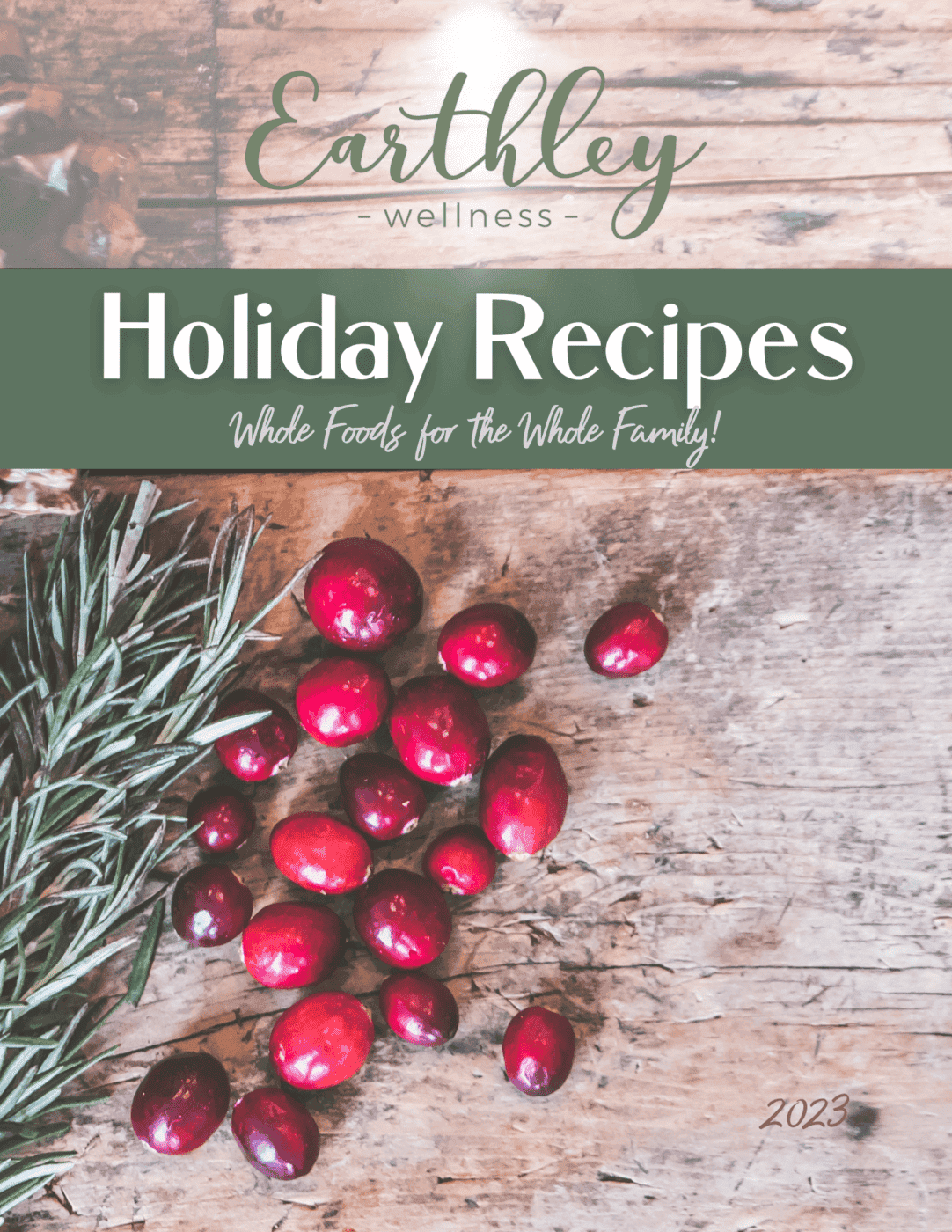Why Whole Foods are Crucial
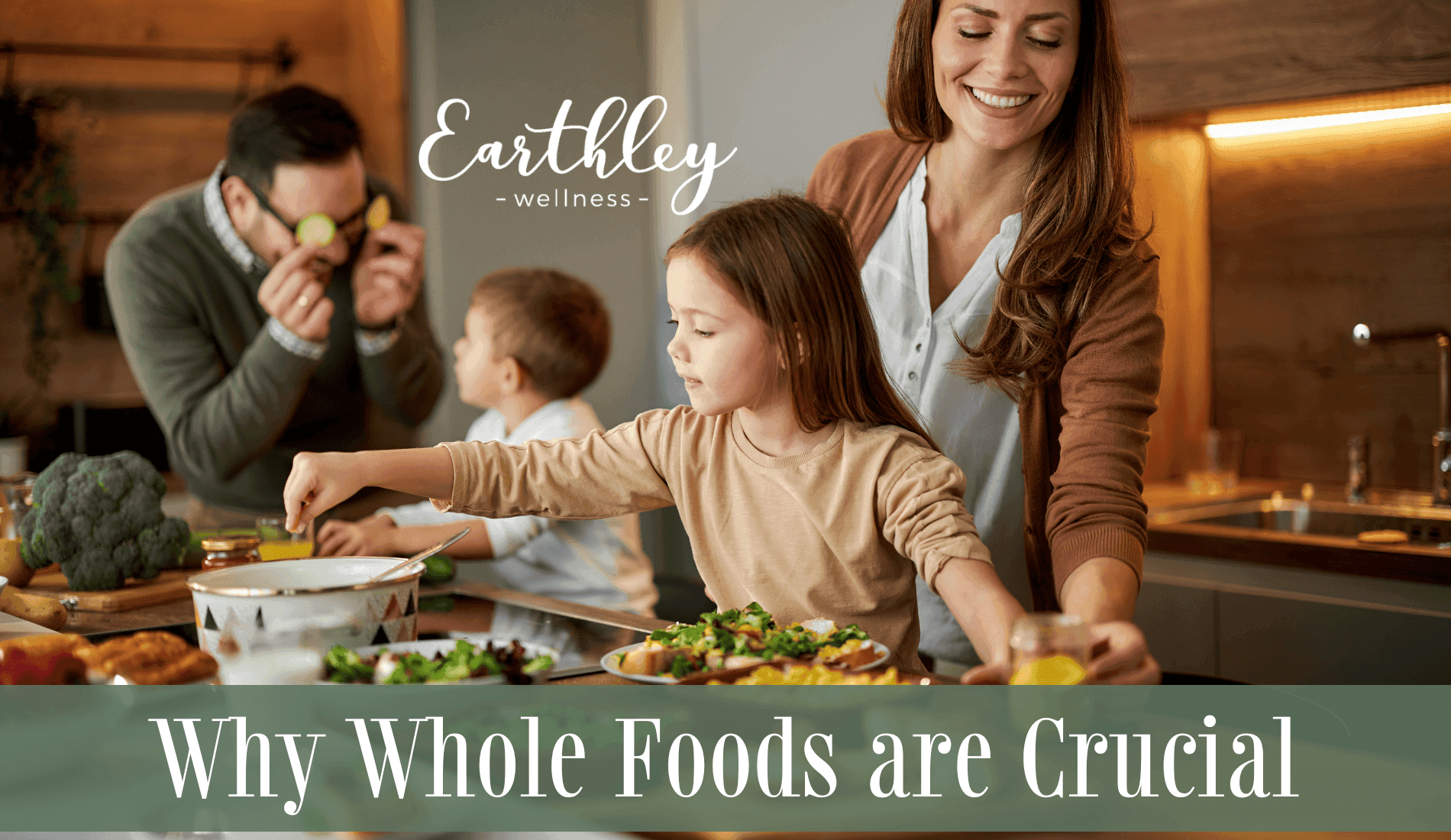
We have more food options now than ever before. Grocery stores are bursting with whole-food produce from around the world - dragon fruit, star fruit, bok choy, purple sweet potato, and many other things you wouldn’t have been able to find 100 years ago in the United States. Here in the United States, we have rows and aisles of brightly colored packages screaming, “Buy me! Buy me!” Their labels promise to be fortified with nutrients and bursting with flavors. Access to new fruits and vegetables is great, but the aisles of boxed foods open a can of...problems.
What are processed foods?
Thanks to food science, this is an ever-evolving definition, and you will have to decide where you land. The critical thing to remember about processed foods is to read the labels. The ingredients in packaged products will tell you how processed they are, and you can decide if you want those ingredients in your daily diet. The more ingredients you don’t recognize and can’t pronounce, the more processed the food most likely is.
A few government scripted systems try to define what processed foods are, but those fall short of fairly dividing up the food categories in ways that make sense. The dominant one is the NOVA system. This system has four categories (1):
- Group 1: Unprocessed or minimally processed foods
- Group 2: Oils, fats, salt, and sugar
- Group 3: Processed Foods
- Group 4: Ultra-processed foods
With this grouping, organic soups and flavored yogurts end up in the same category as some candies or cheese puffs. They’re fine to group from a processing standpoint, but from a nutritional standpoint, they are very different. This is why we must look at the ingredients and think about things from a nutritional point of view.
What are whole foods?
One hundred and fifty years ago, the definition of whole foods was pretty simple - foods from the land. If they were processed, it was minimal. Grains were ground, meat was cooked, vegetables and fruit were cooked (sometimes), and the closest they got to being preserved was being canned or fermented. Even things like candy and soda had fairly simple ingredients. Root beer was made from herbs (things like dandelion root, sarsaparilla root, burdock root, yellow dock, etc.), sugar, and yeast and was fermented for its fizziness.
Just like there’s more to health than symptoms, there’s more to food than just their nutrients. Behind a symptom is a body trying to tell us what it needs. We believe that focusing on the health of the whole body, also known as holistic health, will help the body when symptoms are present. We also think there is more to food and herbs than isolated nutrients. When you isolate a nutrient, you miss out on many cofactors and other benefits the food or plant offers.
Let’s explore this concept more in-depth.
Vitamin C/Ascorbic Acid
One of the most well-known vitamins, vitamin C, serves the body in many ways. It’s a powerful antioxidant, supporting the body’s immune system and collagen synthesis, and supports the body in removing free radicals that cause oxidative stress. Vitamin C is found in many foods, including:
- Oranges
- Strawberries
- Kiwi
- Bell peppers
- Kale
- Cantaloupe
- Broccoli
- Lemons
It is also a prevalent synthetic vitamin called ascorbic acid (AC). While ascorbic acid and whole-food vitamin C are structurally identical (meaning their molecular makeup is identical), synthetic AC can affect our bodies differently.
First, synthetic AC is absorbed much faster than whole-food vitamin C. This can cause indigestion and diarrhea if too much is taken. High doses of vitamin C can also offset the absorption of other vitamins and minerals. For example, too much vitamin C can offset your copper. Vitamins in food are balanced with fiber, sugars, flavonoids, bioflavonoids, and minerals that are slowly digested and absorbed. When a vitamin is isolated, it can be utilized and absorbed much faster. The amount available can also increase.
- One orange contains approximately 80 mg of vitamin C.
- Many common vitamin C supplements range from 500-2000mg or more.
Another thing to consider is how and where the synthetic ingredients are made. AC is such a popular supplement that manufacturers have figured out how to make it cheaply using things like fermented GMO corn or metabolically engineered yeast strains. This cheap manufacturing method can cause people to react negatively to AC, which is the opposite of its original intentions.
Wheat
In the early 1900s, the industrial era had entered the food chain. By The 1930s and 40s, wheat was highly processed. This helped make it more shelf stable, but there was a cost. The flour had to be stripped of many vitamins and minerals, and synthetic vitamins and minerals were added back. This is now referred to as fortification. The vitamins and minerals that are added to wheat are (S):
- Iron (NaFeEDTA, ferrous sulfate, ferrous fumarate, electrolytic iron)
- Vitamin A (palmitate or acetate)
- Zinc (zinc oxide, zinc sulfate, zinc acetate)
- Vitamin B9 (folic acid)
- Vitamin B12 (cyanocobalamin)
- Vitamin B1 (thiamine, mononitrate, hydrochloride)
- Vitamin B2 (riboflavin, riboflavin 5, phosphate)
- Vitamin B3 (niacin, niacinamide)
- Vitamin B6 (pyridoxine, pyridoxine hydrochloride)
- Vitamin D (D3, cholecalciferol)
- Calcium (calcium carbonate, calcium phosphate)
The fortification process did help prevent ailments linked to nutritional deficiencies, including pellagra, beriberi, and neural tube defects in newborns. These were mostly likely caused by severe nutritional deficiencies, where any nutrients, synthetic or not, may increase in the body. All amazing things, but we didn’t know then that artificial vitamins aren’t as easily absorbed by those with genetic mutations like MTHFR, MTRR, and CBS (all related to B vitamins and energy metabolism) (2,3). Soon, most commercial wheat products like bread, pasta, and cereal were fortified with artificial vitamins and minerals. We also see them in prenatal and daily vitamins and energy drinks.
Today, we know that we can get the recommended dietary allowance (RDA) for these vitamins from whole foods, which don’t have to be fortified. Here are a few examples of ways to get each of the fortified nutrients from whole food:
Iron
- Heme
- Beef
- Oysters
- Chicken
- Non-Heme
- Yellow dock
- Kidney beans
- Raisins
Vitamin A
- Carotenoid
- Papaya
- Carrots
- Squash
- Retinol
- Beef liver
- Oily fish
- Raw dairy
- Zinc
- Oysters
- Pumpkin seeds
- Turkey
- Vitamin B9 (folate)
- Leafy greens like spinach, kale, and Swiss chard
- Beef liver
- Eggs
- Vitamin B12
- Oysters
- Beef liver
- Eggs
- Vitamin B1
- Pork
- Eggs
- Sunflower seeds
- Vitamin B2
- Eggs
- Cruciferous veggies like brussels sprouts or broccoli
- Vitamin B3
- Beef liver
- Redfish
- Leafy greens like spinach, kale, and Swiss chard
- Vitamin B6
- Beef liver
- Bananas
- Potatoes
- Vitamin D
- The sun
- Cod liver
- Raw dairy
- Eggs
- Calcium
- Raw dairy (cheese, milk)
- Kale
- Sardines
Sugar
Sugar has been demonized lately, and for good reason. White, granular sugar is addicting. We know sodas, cookies, donuts, candy, and similar sweet treats are loaded with overprocessed white sugars. It can be easy to spot and limit those. But it’s more than that. White, overprocessed sugar is also added to many of our daily foods (ketchup, marinara sauce, canned fruits, broths, granola, and peanut butter).
It wasn’t always like this. Sugar used to be expensive. Extracting sugar from plants used to be a lengthy process, often limited to cane sugar. Sweet treats were limited to holidays, special events, and the extremely wealthy. Sugar was used in baked goods more than in candies, drinks, and chocolate. As we mentioned earlier, the first “soda” drinks, like root beer, were fermented beverages, and even when they were sugary drinks, their ingredients were still cane sugar and herbs or simple flavored extracts.
Today, there are more kinds of sugar than we can keep track of. Are all sugars harmful? What about fruit? Milk? You have to decide what’s right for your body, but we think that sugars that occur naturally in foods are ok.
Fruits and raw milk are great if your body likes them. Honey and maple syrup naturally have vitamins and minerals, requiring little to no processing. Molasses is a byproduct of the sugar process and has iron and potassium in it. Coconut sugar, is processed more than something like honey, is low on the hypoglycemic scale, and isn’t created in a chemistry lab. These all make great substitutes for the white, overly processed sugar.
Once the sugar craze hit, people wanted the sweet taste without the calories or blood sugar spikes, so they went to the chemistry lab. These lab sweeteners may not spike your blood sugar (as much), but they are dangerous in other ways.
Aspartame: 200x sweeter than sugar, it’s no wonder it’s the most used artificial sweetener on the market. It’s a chemical combination of two amino acids. It is synthetic, as in, doesn’t occur in nature. Even though it’s approved for human consumption by the FDA, that doesn’t mean it doesn’t have side effects. Aspartame can block the synthesis and release of neurotransmitters dopamine, norepinephrine, and serotonin. Several studies also indicate that aspartame consumption can disrupt the balance of antioxidants, causing oxidative stress on the body. And finally, the cancer potential. Aspartame has recently been under scrutiny for its potential cancer-causing elements. While there are no concrete studies, Nature recently published a study that demonstrated aspartame has the potential to impact cancer-related proteins. More studies need to be done so we can better understand this implication.
Sucralose: 320-1000x sweeter than sugar, sucralose is a combination of 3 hydroxyl groups from sugar. But don’t be deceived; this doesn’t make it sugar. It can only happen in a chemistry lab and is also synthetic. Studies are starting to emerge, indicating sucralose may affect the microbiome. In one study of rats, it was shown that sucralose use decreased their gut microbiota. In another, after 10 weeks of sucralose consumption, gut dysbiosis was associated with altered insulin and glucose levels.
We could dig into more data and come up with some inconclusive studies, but the truth behind artificial sweeteners is that they aren’t natural. So, if you want to do things naturally, even if their side effects aren’t black and white, avoid them because they’re synthetic.
In Conclusion ...
Living in the modern world isn’t easy. While many of us would love to eat perfect diets all the time, the hustle and bustle of life can make that hard. Earthley’s mission is to provide affordable health options for everyone to help fill those gaps. We have what you need if you’re looking for whole-food and herbal options for your home.
Food
No need for synthetic food and supplement options with these Earthley products:
Nourish Me Naturally- Liquid Herbal Vitamins & Minerals (earthley.com): Made from nettle leaf, dandelion leaf, alfalfa leaf, and spearmint leaf, you will find naturally occurring vitamins (pre-vitamin A, vitamin K1, B1, B3, B6, and B2) and minerals (selenium, phosphorus, potassium, magnesium, calcium, and more).
Oyster-Min—For Minerals and Hormone Balance (earthley.com). Oysters contain naturally occurring B12, iron, zinc, selenium, and copper, all in perfect ratios for our bodies to utilize.
Cod Liver Oil- For Natural Vitamins A and D (earthley.com) Our cod liver comes from line-caught fish, whose livers are flash-frozen to preserve their nutrients (retinol, vitamin D, and omega 3s) until they reach the shore.
Energy Plus—For Healthy Energy, Herbal Iron, and B vitamins (earthley.com). Made from yellow dock, dandelion root, rosehips, and spearmint leaf, this supplement will give you the energy you need to thrive.
Vitamin C
The following products are made from food and herbs, so there is no need to worry about mega-dosing on vitamin C. Not only will you get the naturally occurring form of vitamin C, but you’ll also get flavonoids, minerals, and micronutrients.
Immune-Aid Vitamin C Powder - For Natural Vitamin C and Immune Support (earthley.com)
Vita-C- A Natural Source of Vitamin C (earthley.com)
DIY Wholefood Options:
Embracing whole foods during mealtimes is a simple way to add much-needed vitamins, minerals, fiber, and other nutrients. We have what you need to start your whole-food journey today, from cookbooks to activity and educational resources.
Nourished Living Cookbook [PDF Digital Download] (earthley.com)
Wholesome Real Food Favorites Cookbook (earthley.com)
Super Food Mini Cookbook [PDF Digital Download] (earthley.com)
Real Nutrition, Real Food: A Healthy Nutrition Curriculum [Printable Digital Download] (earthley.com)
Sources:
1 NOVA-Classification-Reference-Sheet.pdf (ecu.edu)
2 https://pubmed.ncbi.nlm.nih.gov/37960352/
3 https://www.ncbi.nlm.nih.gov/pmc/articles/PMC9380836/
4 Neurophysiological symptoms and aspartame: What is the connection? - PubMed (nih.gov)
6 Revisiting the safety of aspartame | Nutrition Reviews | Oxford Academic (oup.com)
Check out our Cookbooks and Pantry Staples!

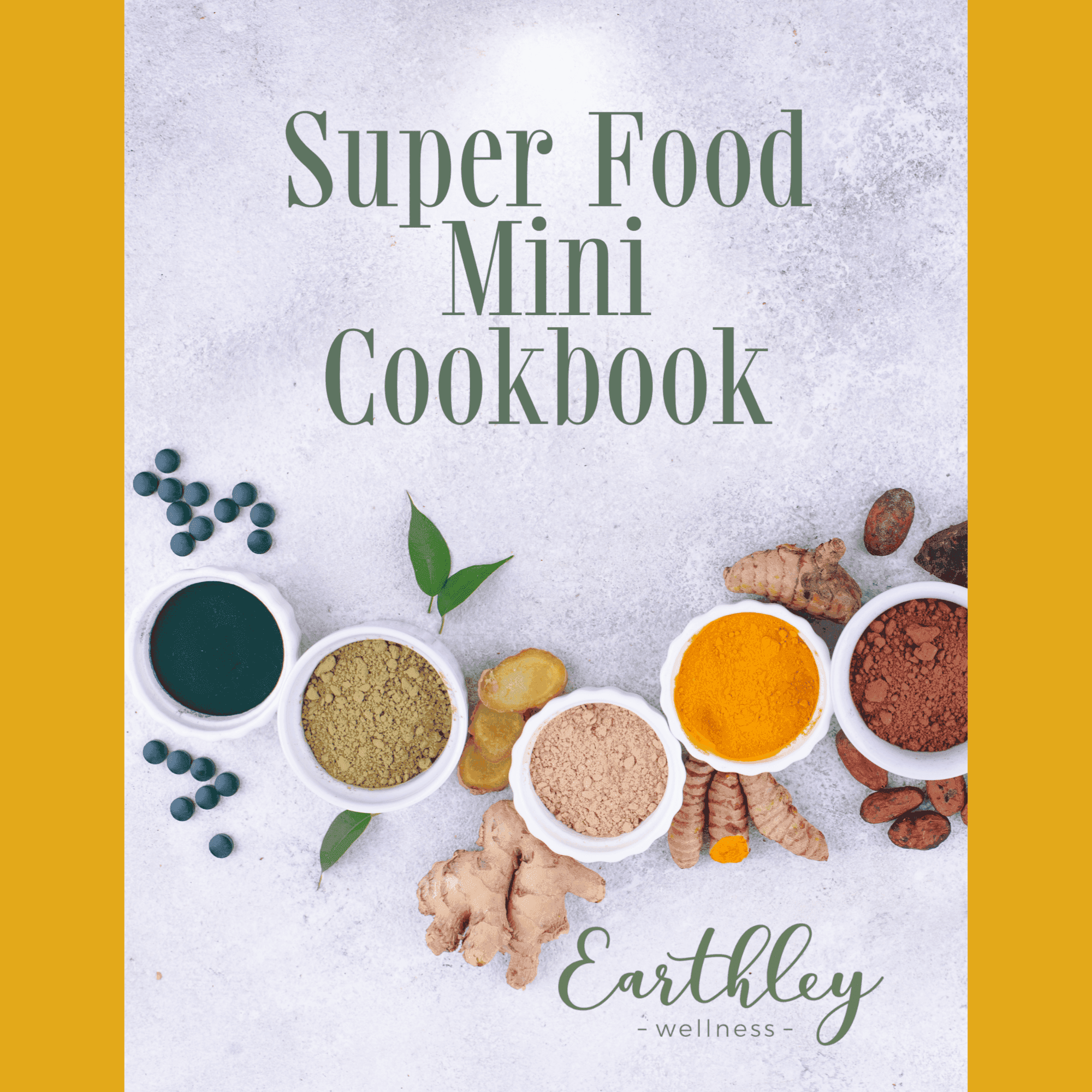
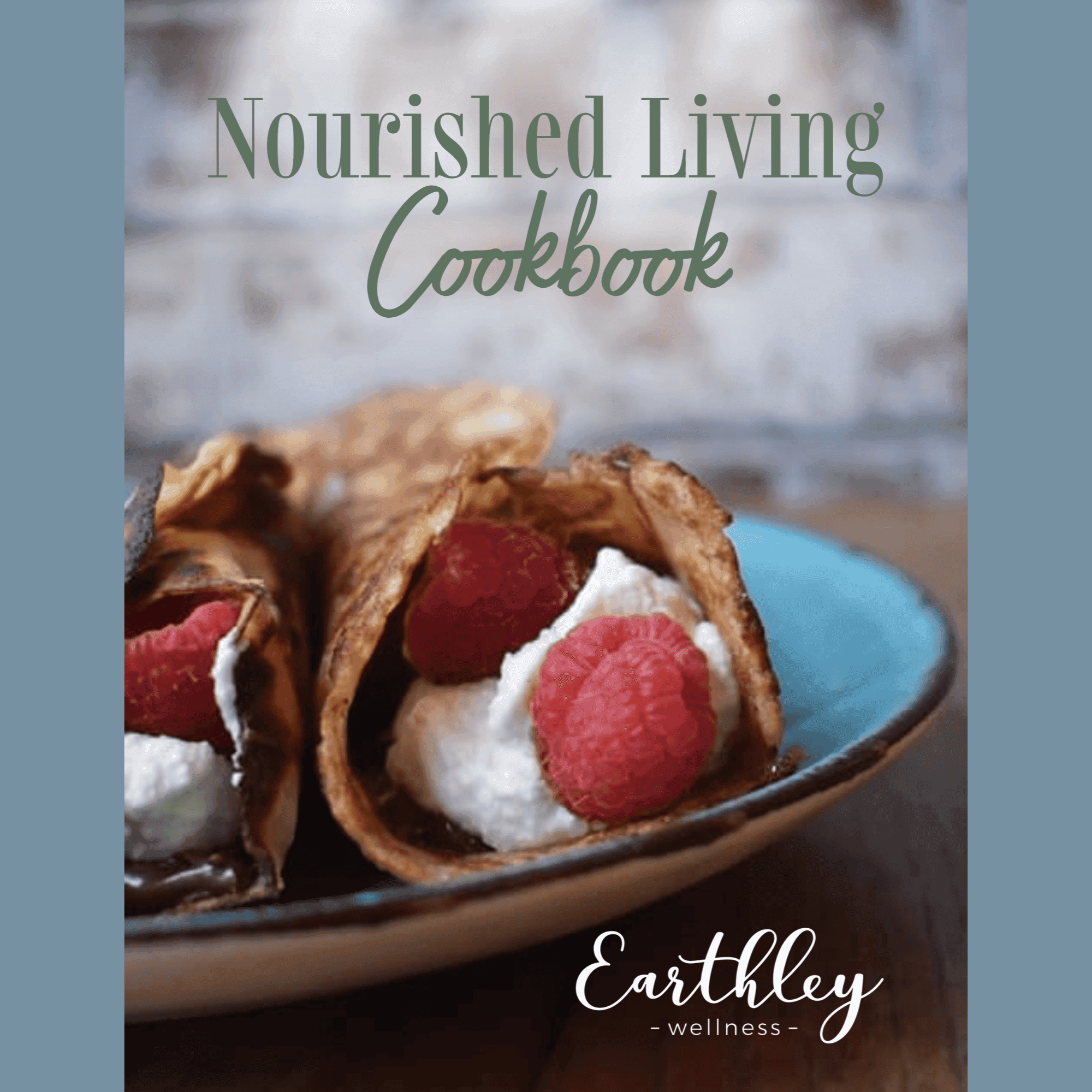
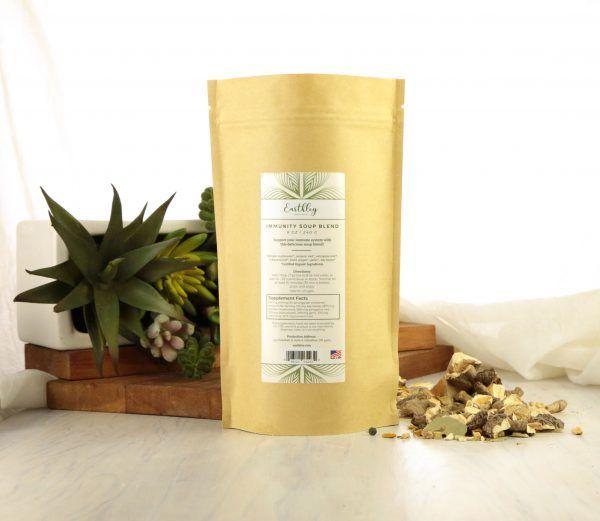
Support your immune system with this delicious soup blend
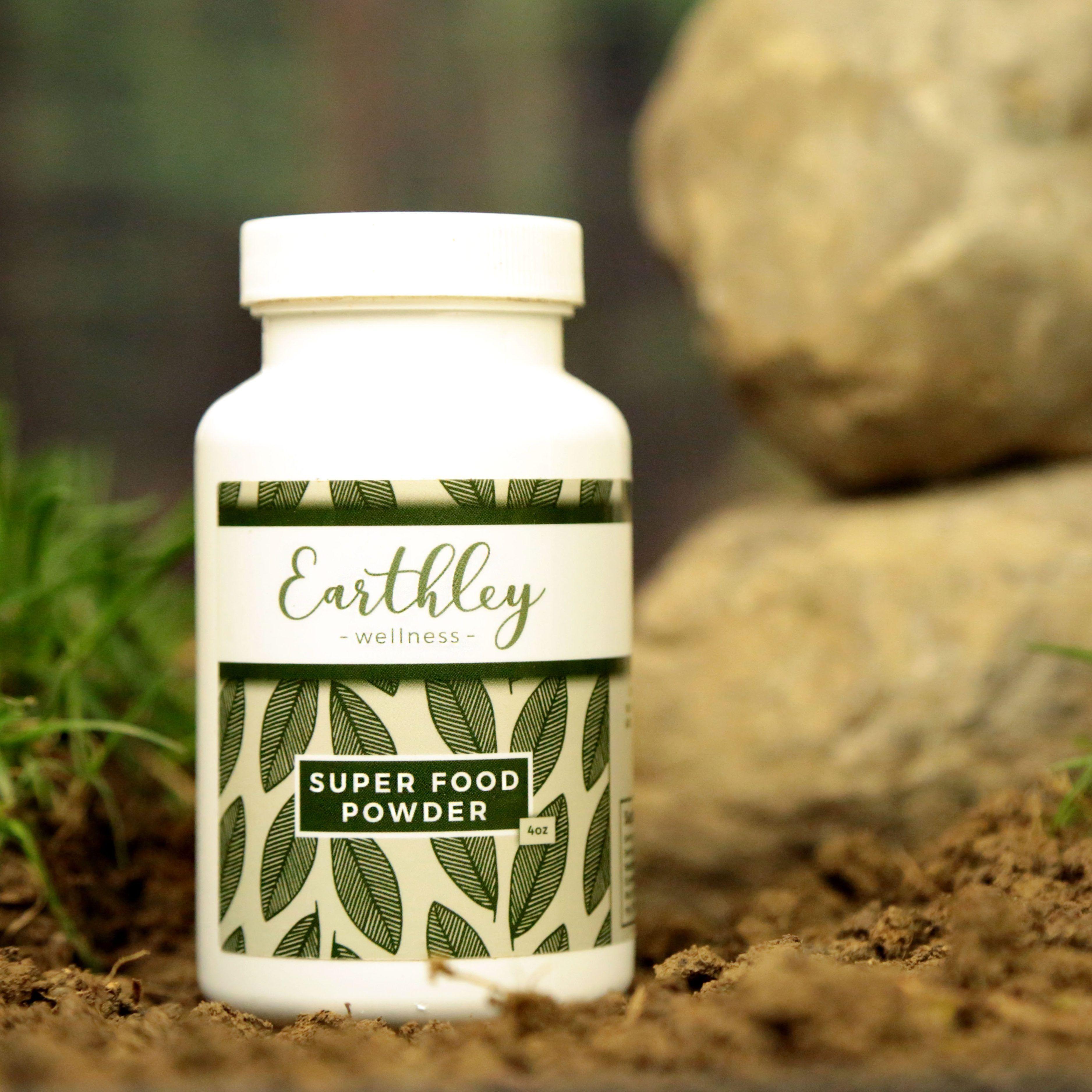
Promotes energy, gut health, and immunity with the nourishing power of plants
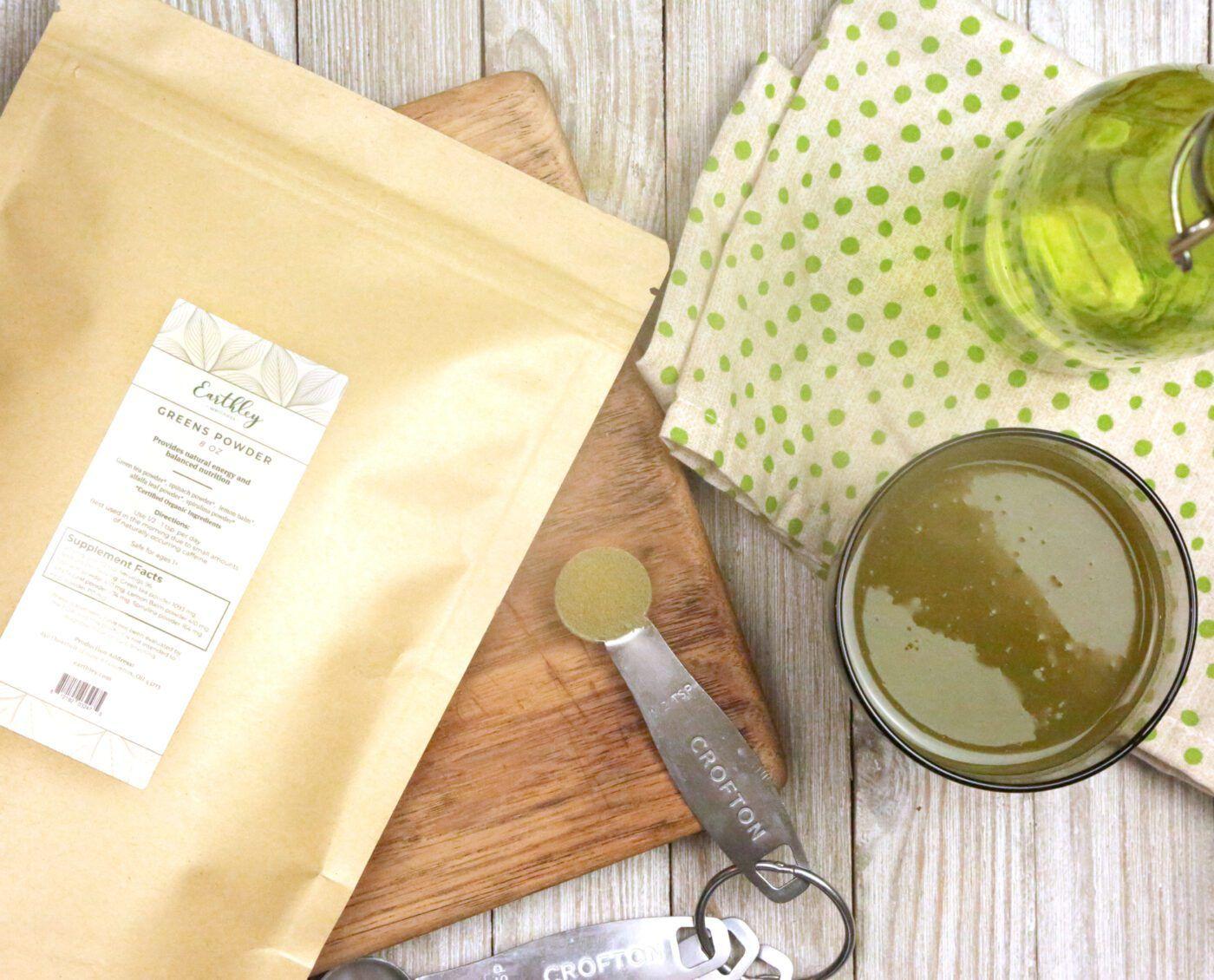
Provides natural energy and balanced nutrition
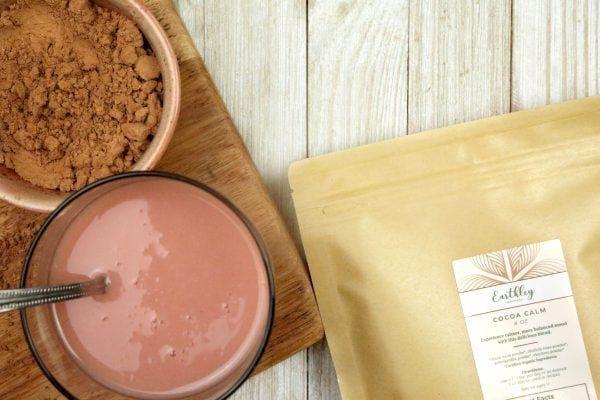
Experience calmer, more balanced mood with this delicious blend
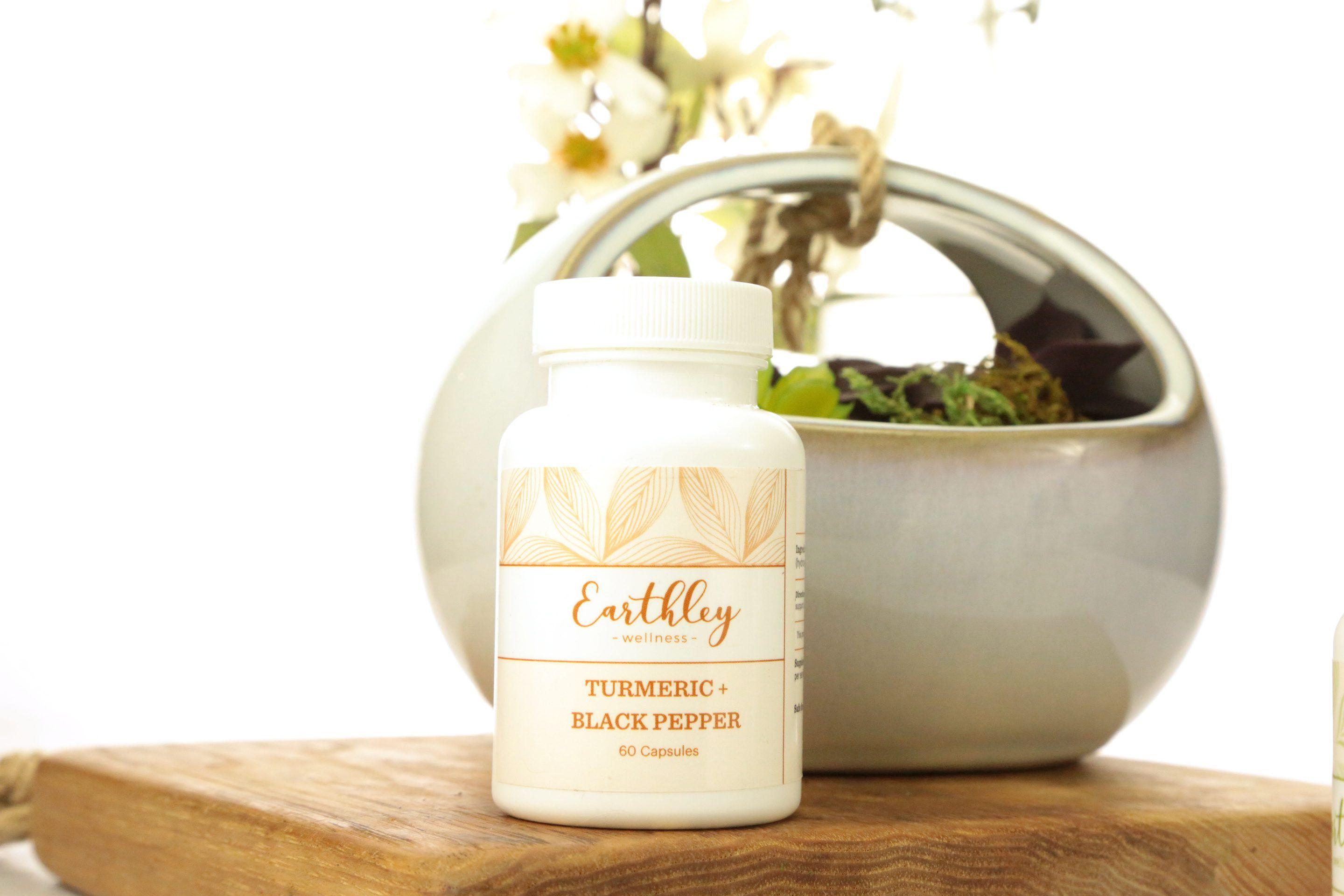
Supports a healthy inflammatory response
